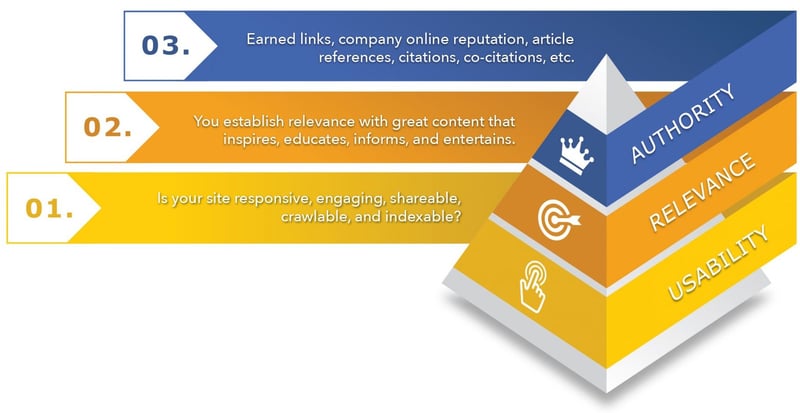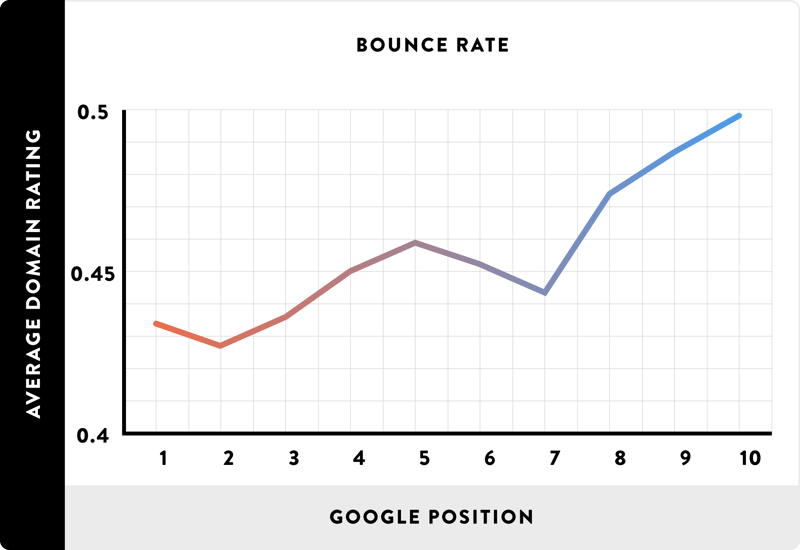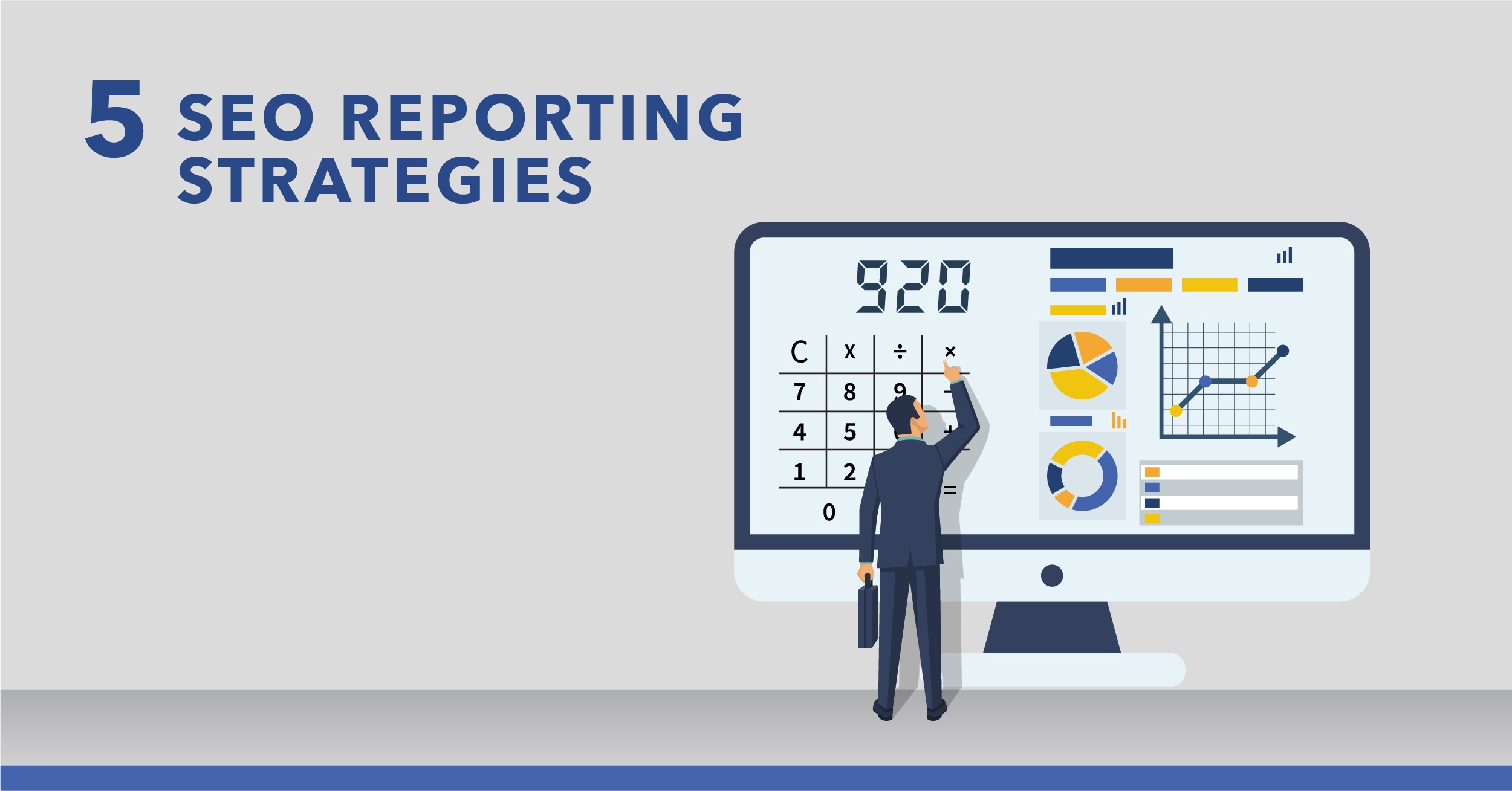If there’s one thing web visitors and search engines have in common, it’s this - they both detest a poor user experience.
Your site visitors can't stand their inability to navigate to the information they seek (or read it comfortably, regardless of the device they use, for that matter).
And since search engines prioritize the best search experience for your users, they too tend to focus on boosting pages that deliver an experience their users would be delighted with in the SERP.
Together with content and links, the user experience has become the backbone of achieving higher search visibility (from UX research to UX design to UX implementation!).
But, let’s face it – there are many potential site issues you might not even know about or discover during a simple site overview. This post will cover why you should also use site audit data to identify and fix potential user experience issues on your site.
Why Perform a Site Audit in the First Place
SEOs and marketers typically conduct site audits with a single purpose: to eradicate any potential issues that might hinder indexation and crawlability of the site or its content.
This typically relates to identifying common technical SEO issues, and ensuring that template-level content optimization passes Google’s requirements.
And of course, that’s exactly the intelligence our site audit data delivers.

Section of seoClarity’s Clarity Audit tool report.
Did you know that among all this information are the insights required to determine potential user experience issues on the site?
Before we dive in, let’s recap what role usability plays in delivering a strong search experience.
Usability and the Search Experience
At the end of last year, when speaking about the best search experience, our CEO Mitul Gandhi wrote:
In the past, SEO used to be all about search engines. Our primary focus, as SEO practitioners, was to satisfy Google’s requirements for quality content. […] But there’s a fundamental flaw in this thinking. It focused on an algorithm but left out the most important factor in your marketing strategy – the customer. Thankfully, that’s not the case anymore.”
These days, providing users with remarkable experience has become equally as crucial to achieving, and then, maintaining high search visibility, as on-page factors or links.
A quick test to see this is to look at a list of Google’s ranking factors. A whole group of them focuses on the UX on your page – from the quality of the information to the actual viewing experience.
But what is the search experience? I actually wrote a thorough guide, based on our methodology and the Search Experience Optimization framework. So, let’s recap it here quickly:
In short, search experience focuses on customers and aims to improve and boost their overall experience on the page.
In our framework, we identified three crucial elements that affect it: usability, relevance, and authority.

And as you can see, usability* – factors directly affecting the user experience – lie at its foundation.
*It's important to note that in SEO, the term usability also relates to factors such as site architecture, the structure of content, interlinking, and others we’ll talk about later in the post.
Benefits of Improving Usability
Search visibility aside, improving you site's user experience through a UX audit can deliver these incredible wins for your brand.
1. Higher Conversions
Allowing more users to find, access, and comfortably view your pages is bound to translate to an increase in conversion rate.
Let’s take mobile buyers, for example. Their numbers are growing, and they are more and more willing to complete purchases directly from their devices.
Here’s another example that highlights it – the growth of traffic to web pages served to mobile devices.

In fact, as Nick DiSabato, one of the leading UX experts pointed in his article in Conversion XL a couple of months ago:
[…] all internet traffic growth came from mobile last year.”
Yet, as we established that, even larger eCommerce sites still fail to provide seamless mobile experience to users.
 Results of our research into mobile optimization of 5 leading eCommerce sites.
Results of our research into mobile optimization of 5 leading eCommerce sites.
Naturally, then, improving those visitors’ experience alone should have a positive effect on conversions.
2. Drop in Bounce Rate
Similarly, users who either can’t access a page or consume its content properly will leave. Fast. Poor readability, lack of mobile version or responsive design, or long page load time will deter many visitors from sticking around.
As a result, their short sessions might have a negative effect on your search visibility, too. Here’s a result of research into the correlation between bounce rate and rankings.
Now, to clarify, there is no proof that low bounce rate contributes to higher rankings. As you can see above however, Google certainly uses high bounce rate as a factor when determining page quality.
3. Boost in Page Views
Finally, a better user experience will result in a boost in page views. After all, if users can find your pages and easily navigate your site structure, then they’ll more than likely visit more content.
This issue typically relates to lack of proper interlinking. Here, just take a look at the result of this site audit scan. Notice that 80 pages on this site have zero internal links.

That’s at least 80 missed opportunities to suggest another relevant content to a visitor!
Similarly, too many hyperlinks might distract a reader from finding the content they’re looking for.

Not to mention that any broken links will stop them flat in their journey.
Other Site Audit Results to Apply to Your User Experience Audit
Other site audit results that might suggest or point you towards user experience issues include:
Any crawl-related issues: It’s not too far-fetched to think that if a crawler is unable to access specific content, your visitors may also struggle to access the content.
Incorrect or duplicate meta tags might confuse searchers, and in return, attract them to pages containing other information than what they’ve been searching for, increasing the chances for high bounce rate.
Closing Thoughts
Together with content and links, user experience forms the foundation for achieving greater search visibility. The problem? Many potential user experience issues are difficult to identify without the relevant data.
You can extract a lot of this information from conducting a regular site audit and analyzing the data as a way of conducting a user experience audit. And after reading this post, I’m sure you have a good idea of what insights to look for in your audit reports.








Comments
Currently, there are no comments. Be the first to post one!